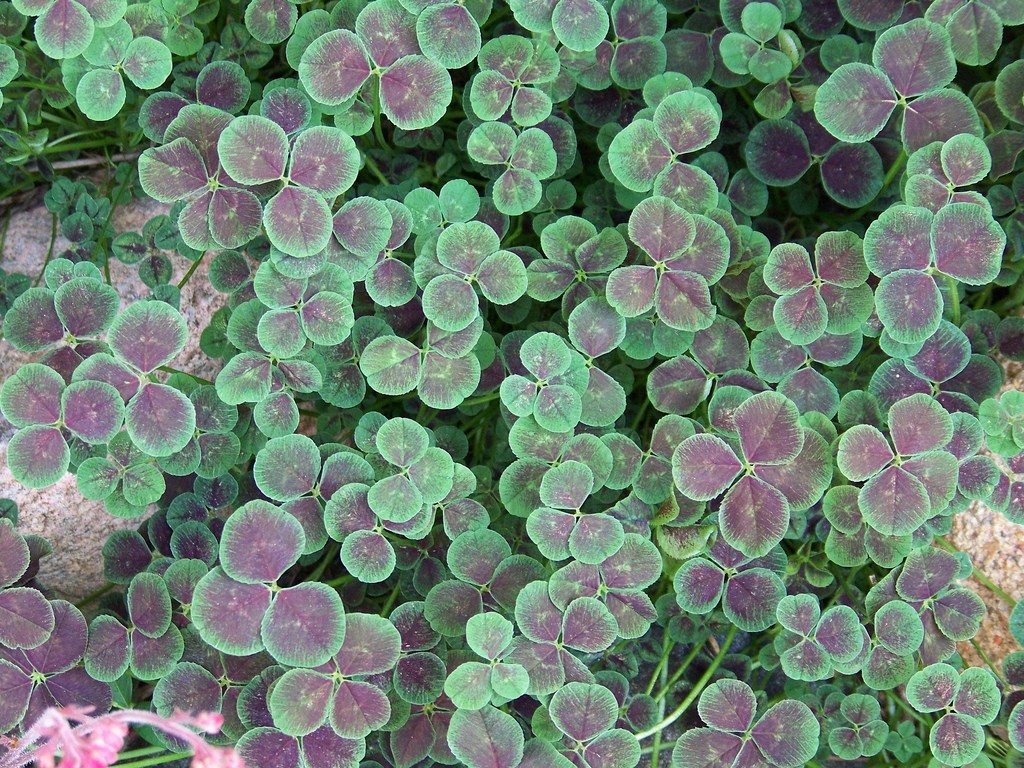Ground Cover
Ground cover plants deserve a place of their own. These versatile plants add appeal to nearly any garden design - in the garden itself, along hillsides, or in containers. There are many types of ground cover available, so finding one that fits your needs should be easy. But their spreading nature can quickly get out of hand if proper selection or ground cover care is not taken. That said, we can help put these worries at ease. Keep reading to learn what types of ground cover plants are suitable for growing in your region and how to care for them.
-
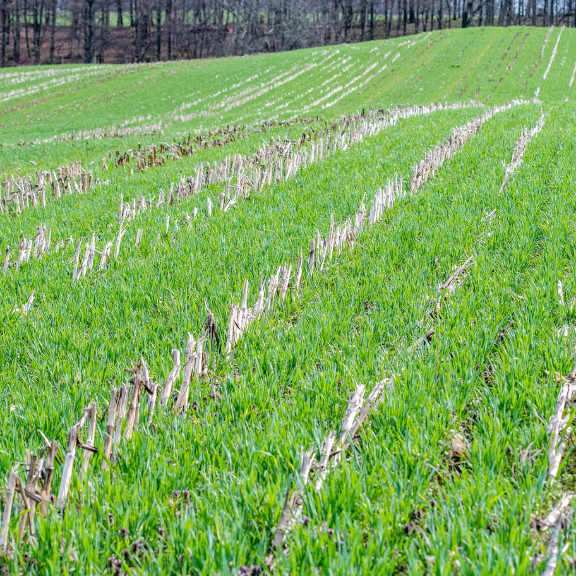
History Of Cover Crops: Learn About Cover Crop Use Through Time
By Mary Ellen Ellis
-
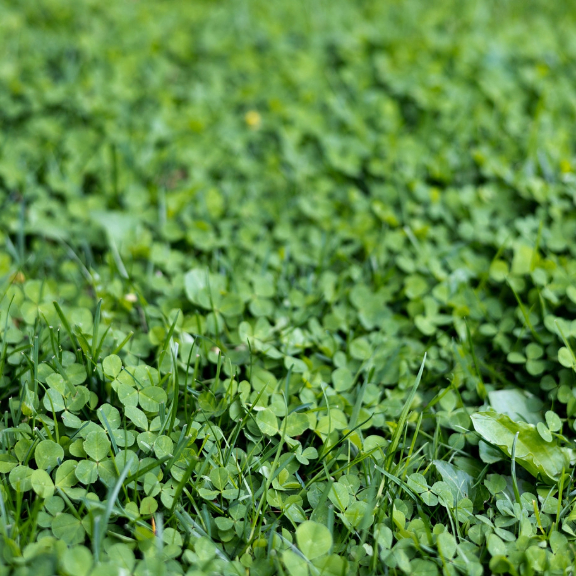
History Of Clover Plants: Significance Of Clover Throughout History
By Mary Ellen Ellis
-

History Of Sedums: Learn About Sedum Stonecrop Plants
By Bonnie Grant
-
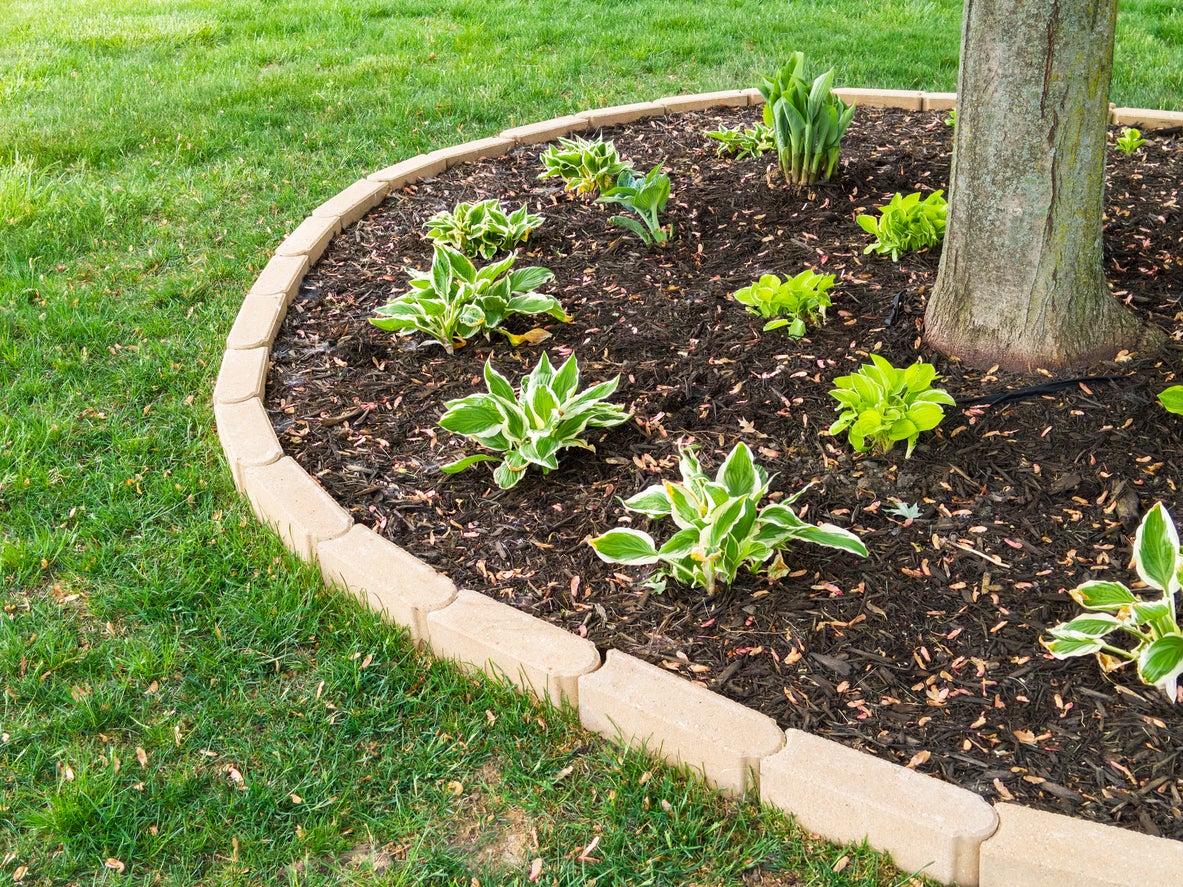
Ground Cover Plants: Tips For Planting Ground Covers Under A Tree
Trees make attractive focal points in any landscaping design, but the ground around their trunks can often be a problem. But what about growing a ring of attractive ground cover there? Learn more in this article.
By Anne Baley
-
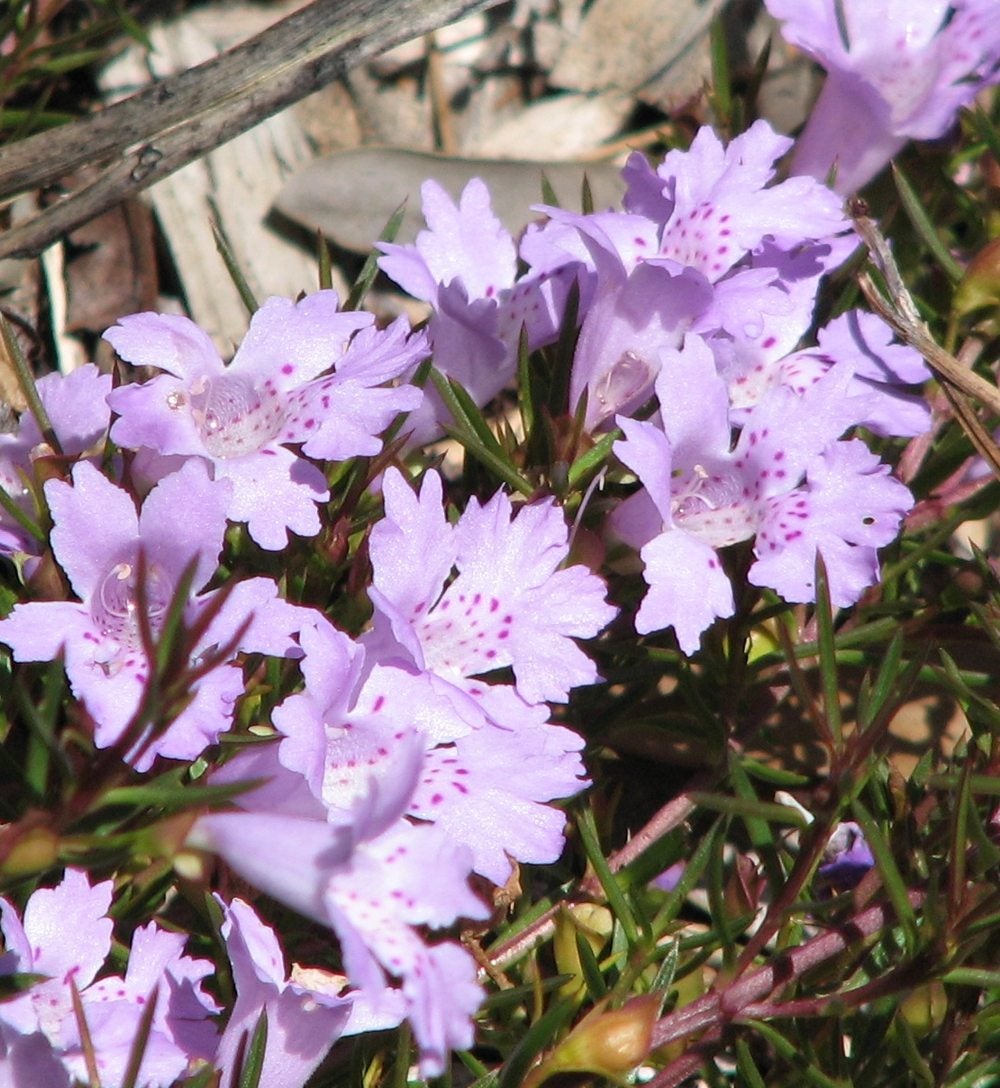
What Is A Snakebush: Information About Snakebush Ground Cover
If "snakebush" makes you think of a long, scaly vine, you're in for a surprise. According to snakebush plant information, this lovely, little plant offers delicate, mauve flowers that look wonderful in hanging baskets. So exactly what is a snakebush? Learn more here.
By Teo Spengler
-
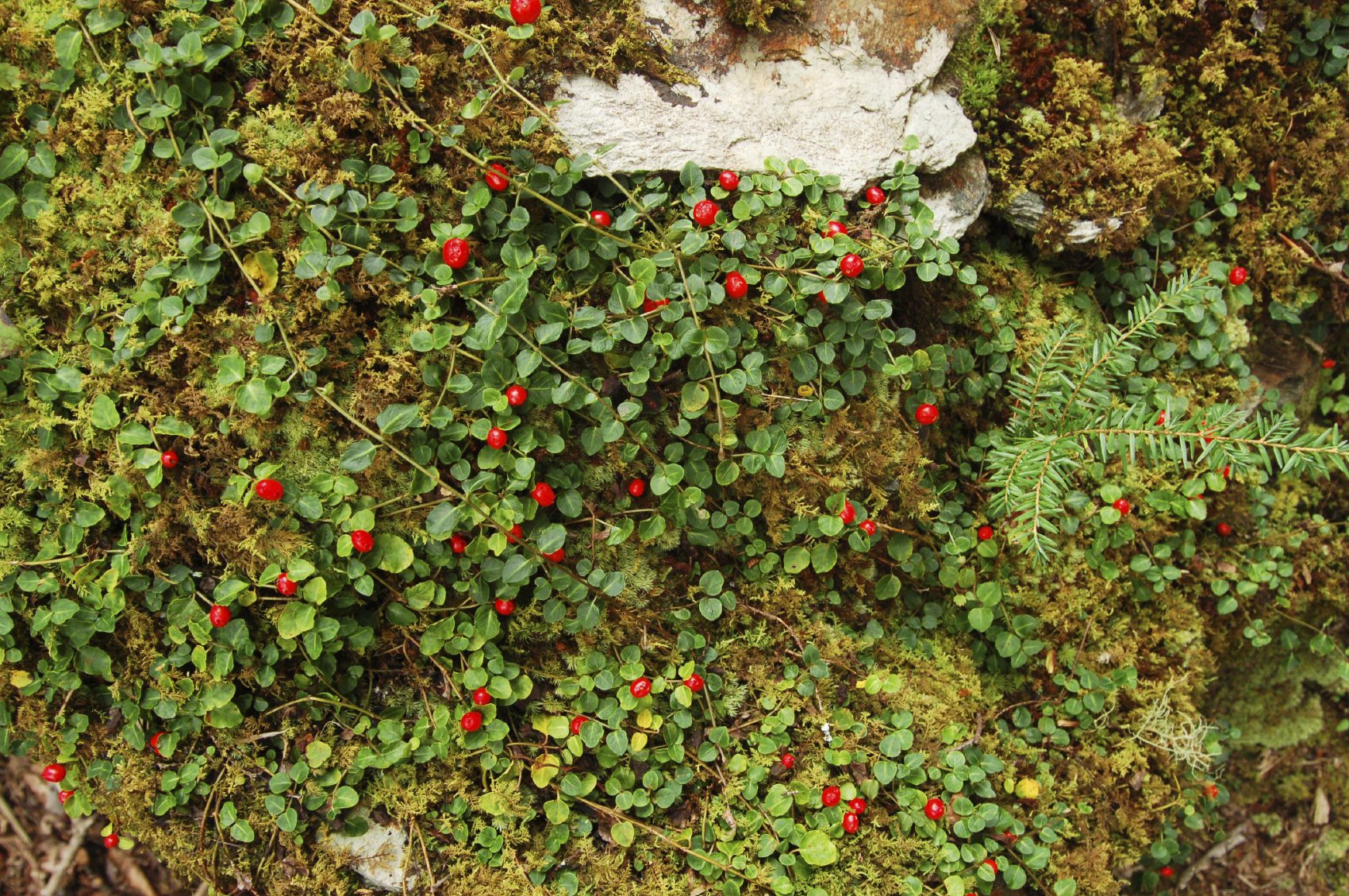
Growing Partridgeberries: Using Partridgeberry Ground Cover In Gardens
Since the partridgeberry plant is a prostrate vine, it's easy to use it for ground cover. For other partridgeberry facts and uses of partridgeberry in landscapes, use the information found in this article. Click here to learn more.
By Teo Spengler
-
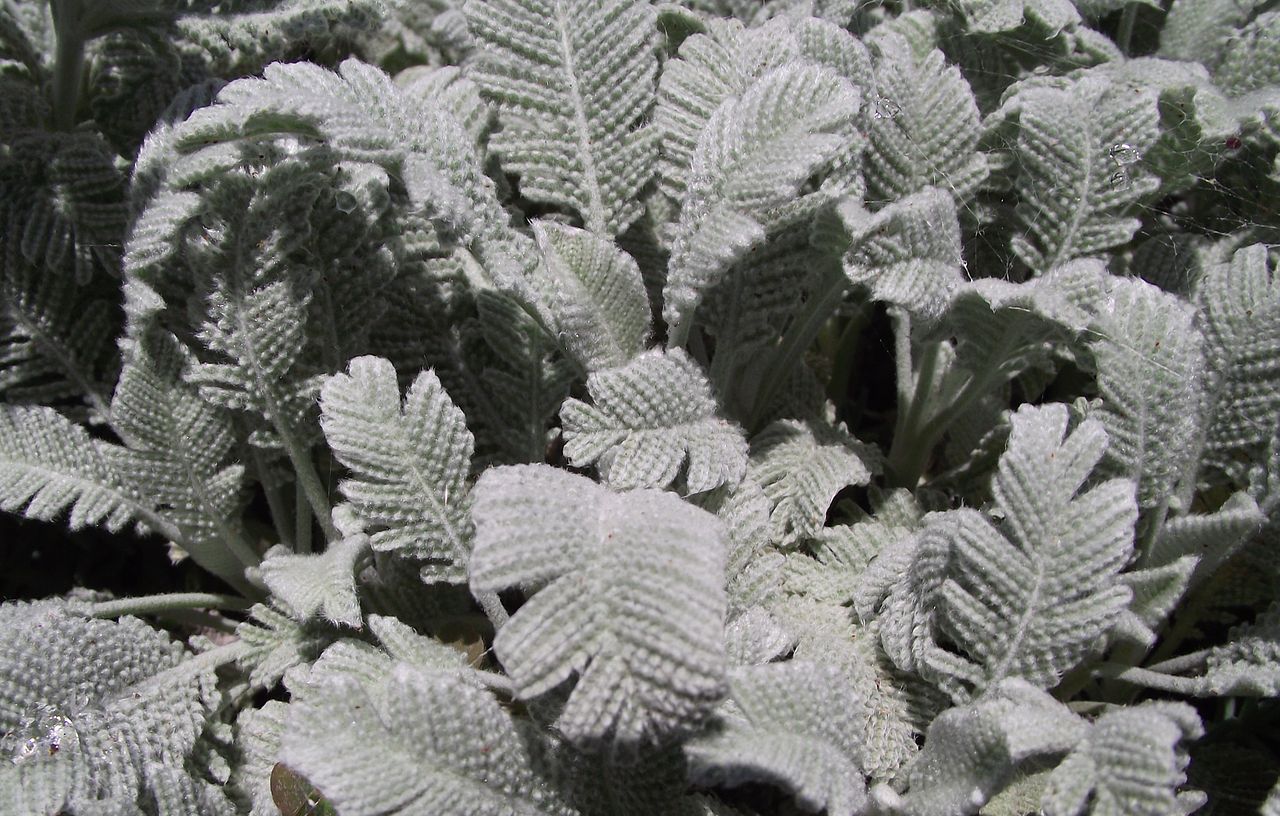
Partridge Flower Info: Growing Partridge Feather Flowers
If you are looking for a ground cover or rockery plant with contrasting color and unique texture, look no further than the partridge feather ground cover. What types of partridge flower info do you need to know to successfully grow them? Click here to find out.
By Amy Grant
-
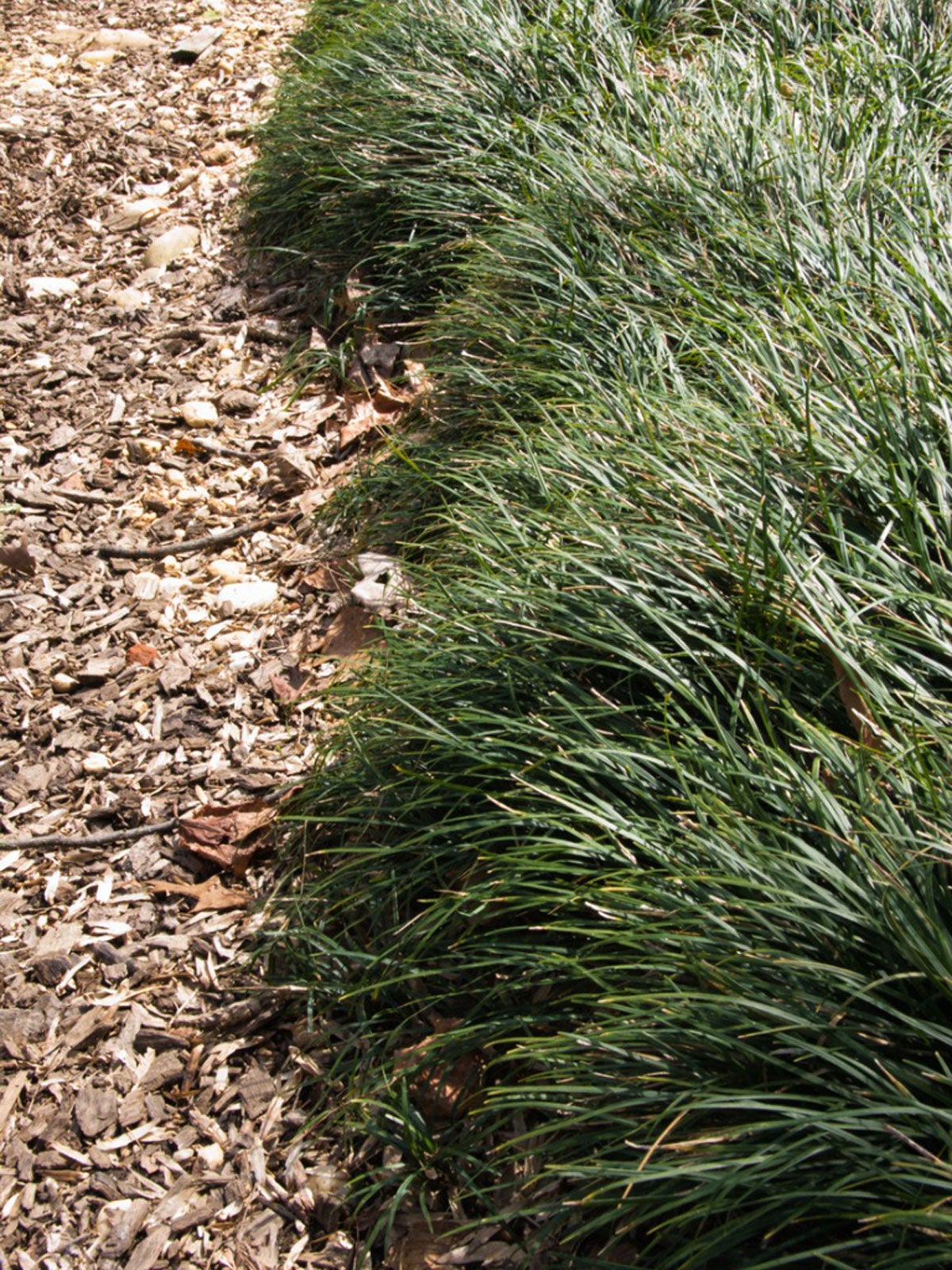
Liriope Grass Edging: How To Plant A Border Of Monkey Grass
Liriope is a tough grass that is often used as a border plant. Making a landscape border with this grass produces a tidy, low-growing, green edge that doesn't need mowing and remains green year after year. Learn more about using liriope as a border grass here.
By Bonnie L. Grant
-
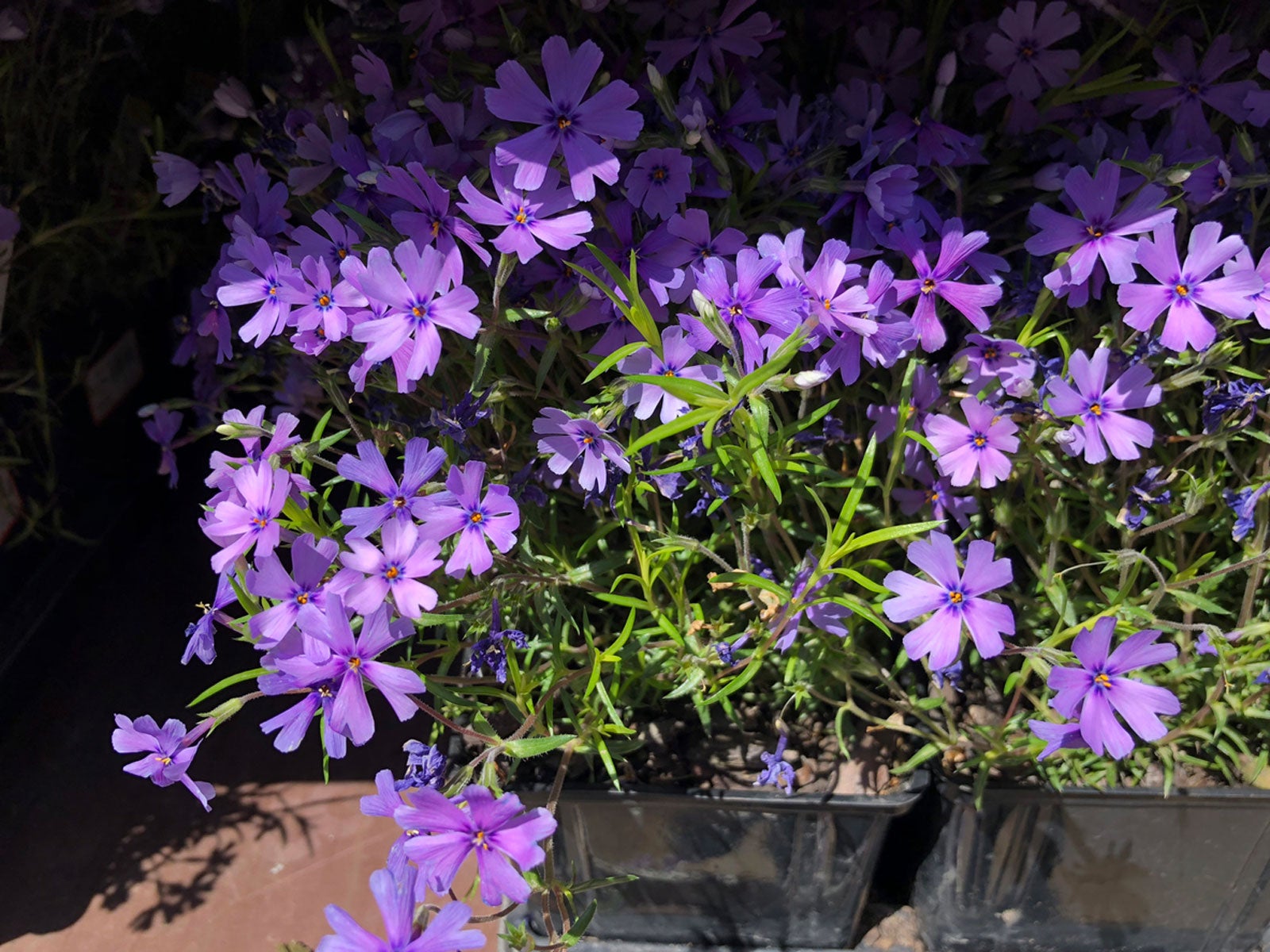
Container Grown Phlox Plants – How To Grow Creeping Phlox In Pots
Curious about growing creeping phlox in a container? This fast-growing plant will soon fill a container or hanging basket and have flowers cascading over the rim. For more about growing creeping phlox in pots, click the following article.
By Mary H. Dyer
-
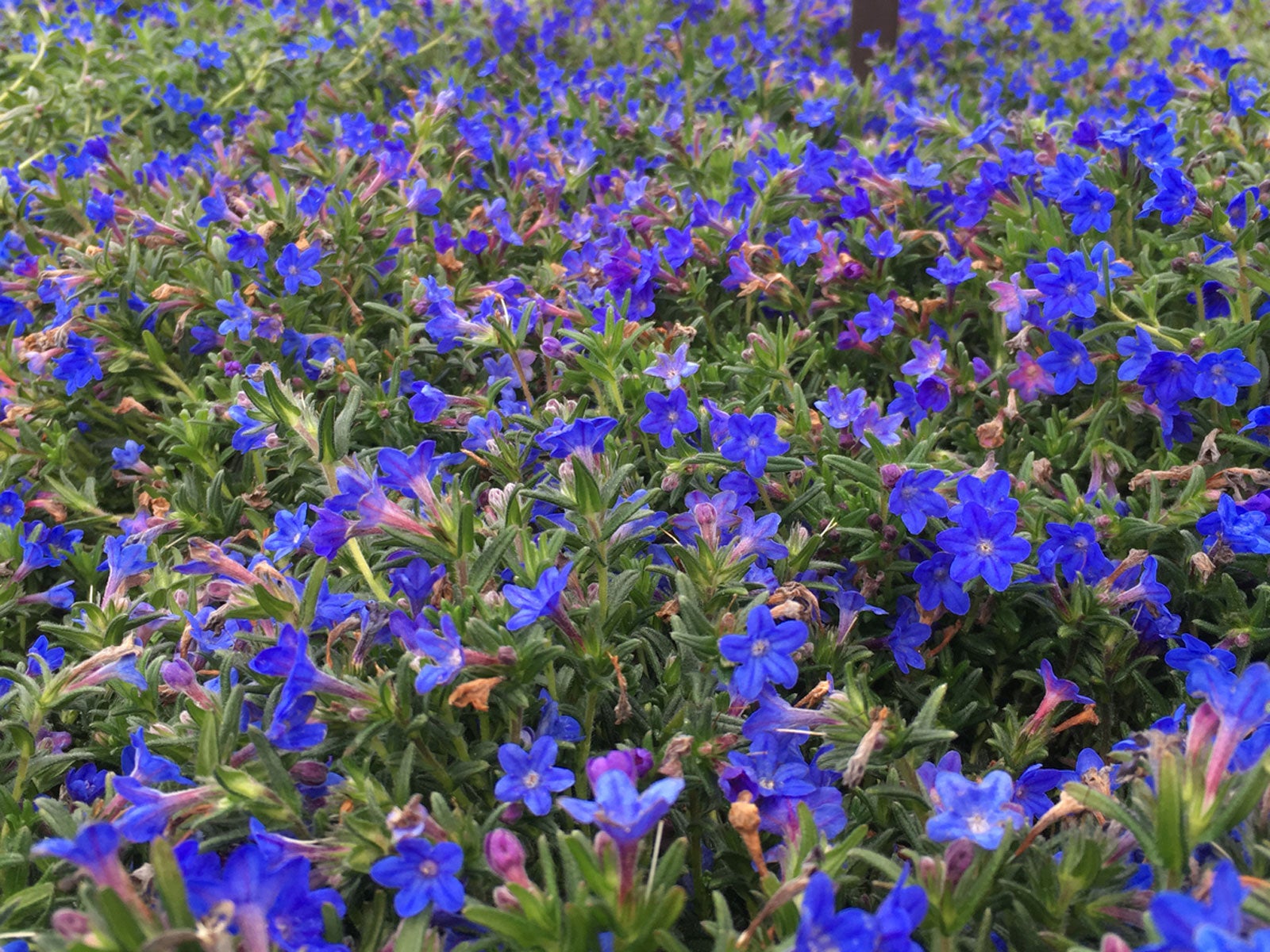
Lithodora Cold Tolerance: How To Overwinter Lithodora Plants
Lithodora is a beautiful blue flowered plant. There are several varieties available and all tend to spread to make lovely ground covers. It enjoys cooler climates but is only half hardy. For more information about overwintering lithodora plants, click the following article.
By Bonnie L. Grant
-

Groundcover For Foot Traffic: Choosing Groundcover That’s Walkable
Walkable groundcovers serve many purposes in the landscape, but it’s important to choose carefully. The plants must have the ability to bounce back relatively quick. For a few examples of attractive and durable groundcovers for foot traffic, click here.
By Mary H. Dyer
-
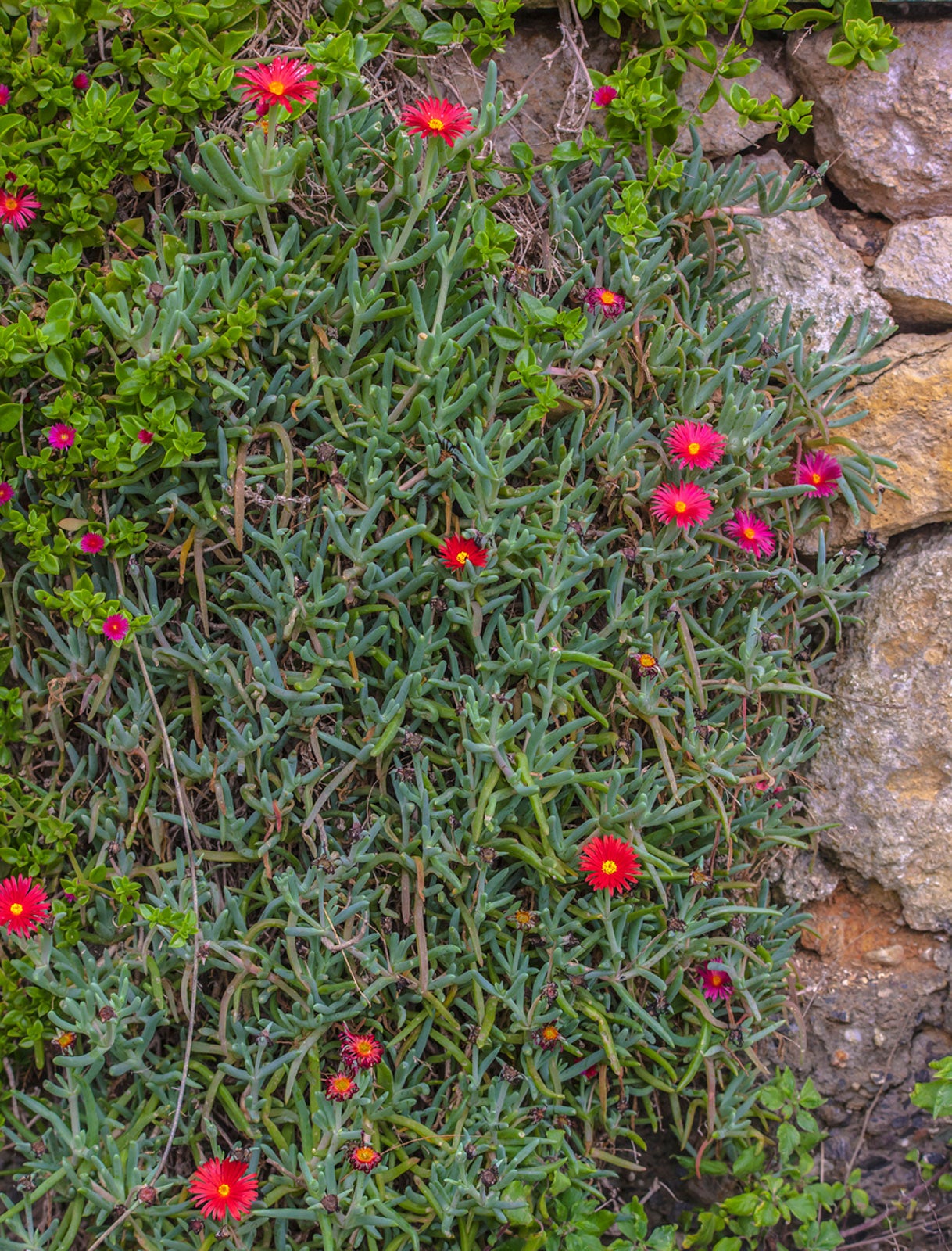
Creeping Succulent Plants – Do Succulents Make Good Groundcover
If you are new to gardening but may want to give it a try, growing succulents is a good way to start. In the landscape, succulent plants that spread create a carpet of texture combined with low maintenance ease. To learn how to plant succulent ground covers, click here.
By Bonnie L. Grant
-

What Is Monkey Grass: Caring For Monkey Grass In Lawns And Gardens
Looking for a low growing, drought tolerant turf replacement? Try growing monkey grass. What is monkey grass? Monkey grass is actually the common name for two different species. Click here to learn about the different types of monkey grass and how to use them.
By Amy Grant
-
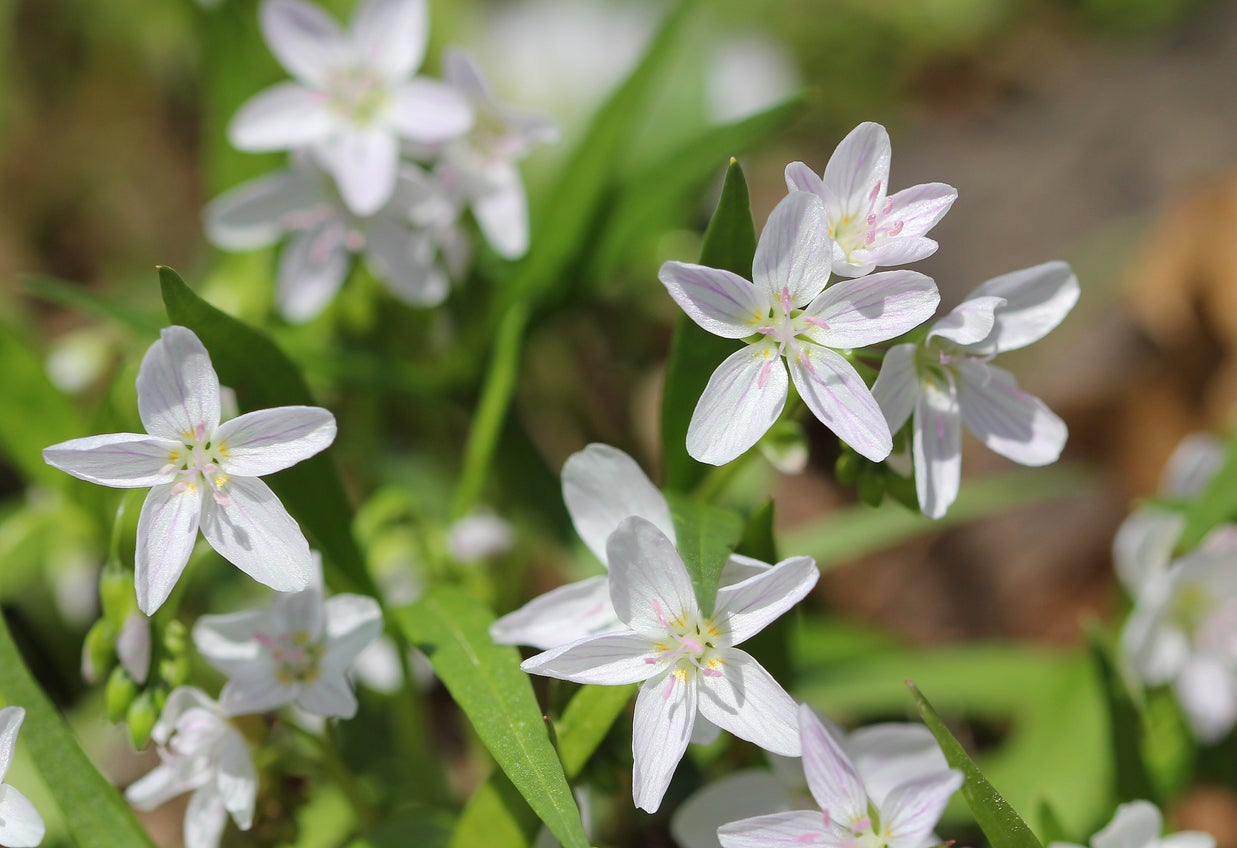
Claytonia Spring Beauty Info - A Guide For Growing Claytonia Tubers
Claytonia spring beauty is a perennial wildflower native to much of the Midwest. It was named for John Clayton, an 18th century American botanist. These pretty flowers are found in woodlands but can also be grown in the garden. Learn more in this article.
By Mary Ellen Ellis
-

Growing Creeping Jenny: Growing Information And Care Of Creeping Jenny Ground Cover
Creeping jenny plant is an evergreen perennial plant belonging to the Primulaceae family. For those looking for information on how to grow creeping jenny in the landscape, this article will help.
By Susan Patterson
-
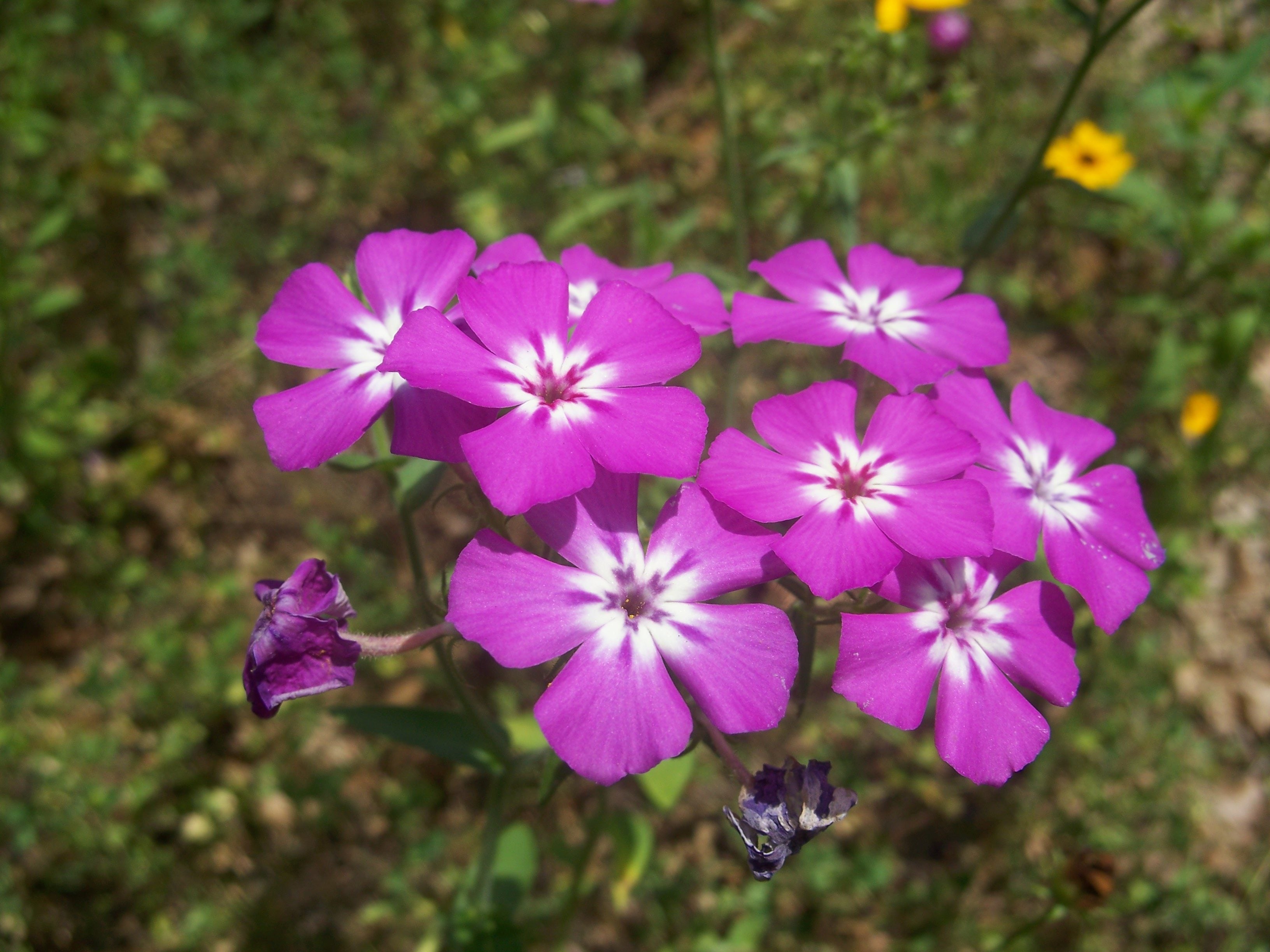
Drummond's Phlox Plants: Tips For Annual Phlox Care In Gardens
Drummond's phlox plants also provide a heady scent combined with deeply scarlet blooms. Try growing Drummond's phlox in flower beds, containers or as part of a border. Their bright beauty and ease of care make them a winning specimen. Learn more here.
By Bonnie L. Grant
-
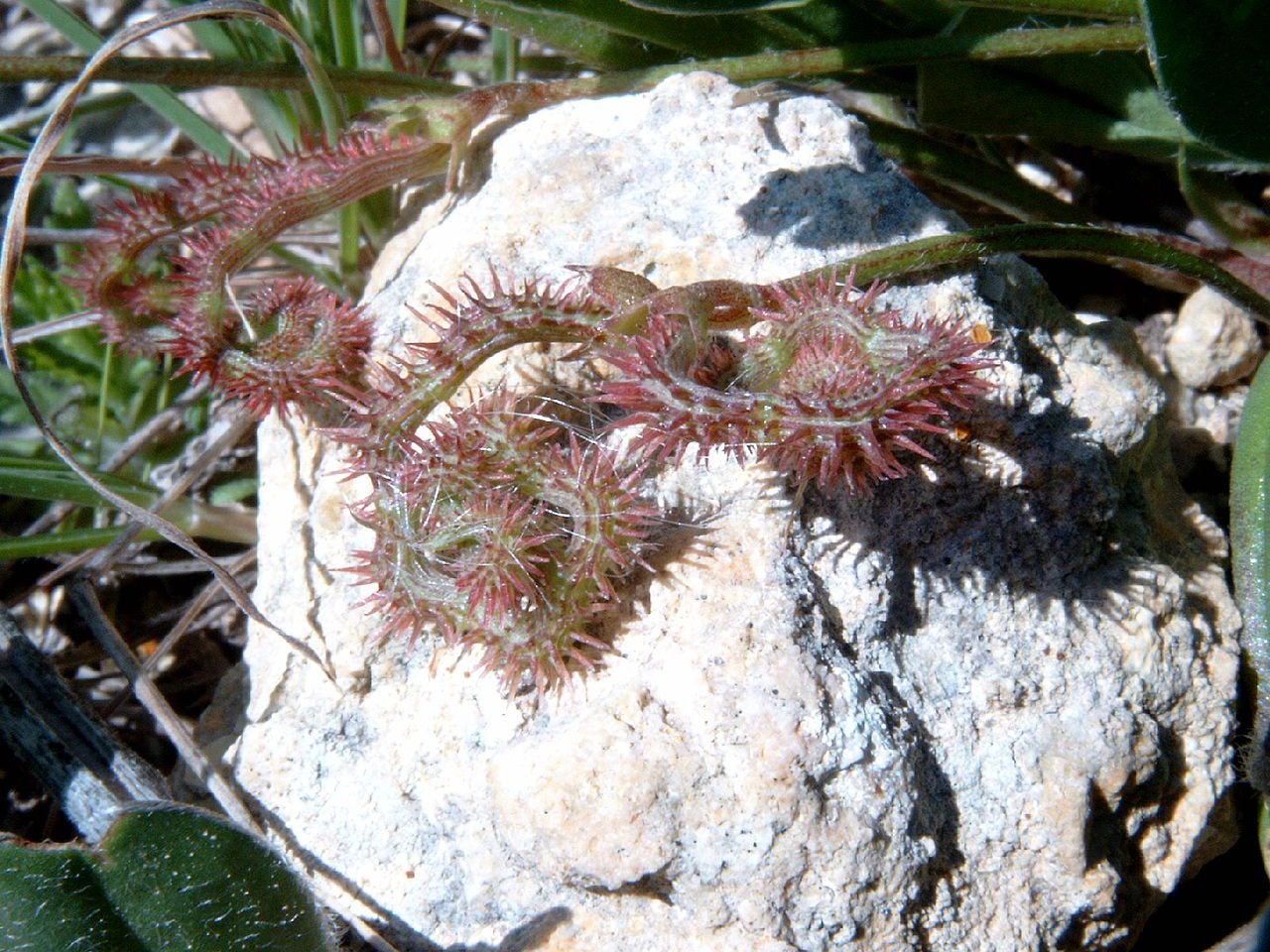
What Is A Prickly Scorpion’s Tail: Growing Scorpiurus Muricatus Plants
Unique specimens that will have the neighbors talking include Scorpiurus muricatus plants, also known as prickly scorpion?s tail plant. What is prickly scorpion?s tail and is it edible? Learn more about the plant in this article.
By Amy Grant
